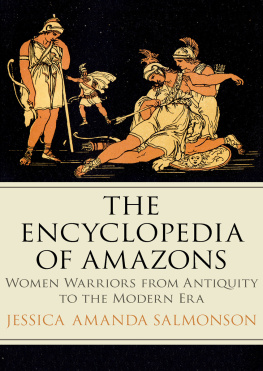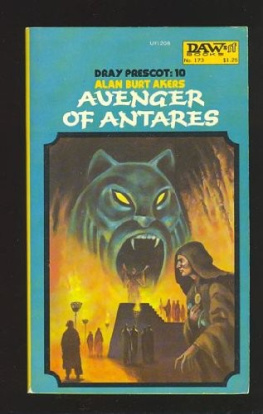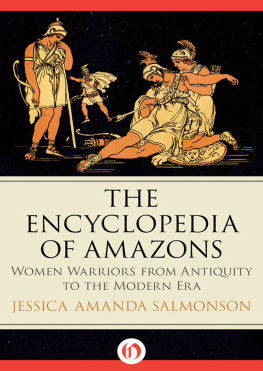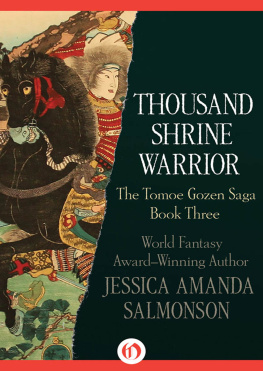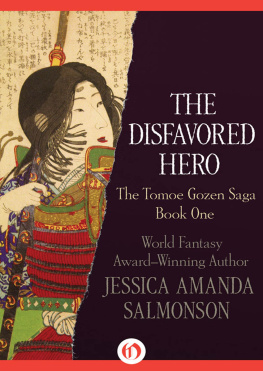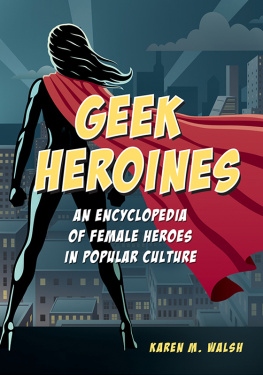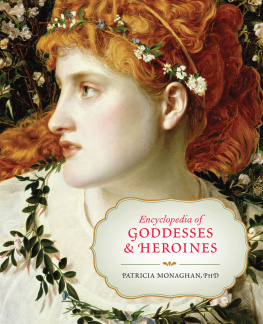The Encyclopedia of Amazons
Women Warriors from Antiquity to the Modern Era
Jessica Amanda Salmonson

To Susan Lee Cohen
for aiding and abetting.
She climbs the mountains of the Moon
Hot on the trail of the milk-white boar.
The fields are laced with fallen spears
of gold-bright hoar.
M ARGARET T OD R ITTER ,
describing Artemis

EARLY BIRD BOOKS
FRESH EBOOK DEALS, DELIVERED DAILY
LOVE TO READ ?
LOVE GREAT SALES ?
GET FANTASTIC DEALS ON BESTSELLING EBOOKS
DELIVERED TO YOUR INBOX EVERY DAY!

JESSICA AMANDA SALMONSON
FROM OPEN ROAD MEDIA
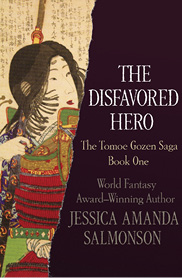
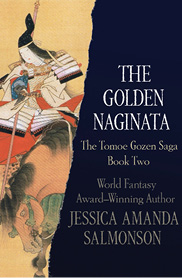
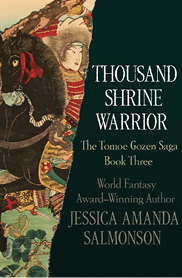
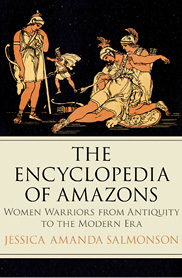


The Galaxys Greatest Newsletter
Delivered to Your Inbox
Get awesome tales of fantasy and science fiction once a week.

Visit us at www.theportalist.com

Find a full list of our authors and
titles at www.openroadmedia.com
FOLLOW US
@OpenRoadMedia




INTRODUCTION
The archetype of the Amazon has always been with us and appeals as easily to the dreams as to the dislikes of women, and to the desires as well as the fears of men. After I published my first book relating to the subject of Amazons in 1979 and edited a series of newsletters about women warriors, I received in excess of two thousand pieces of correspondence, chiefly but not exclusively from women. It was surprising to see just how many varied responses the world has to the subject.
One woman wrote with the assumption that I would like to start a dominatrix studio like her own, which catered to masochistic men and which, she assured me, was a highly lucrative business. She included several articles about her services published in underground magazines and offered to visit my city and help me get set up. I was amused that she never for a moment questioned whether or not this would interest me. By contrast, a young man wrote me about his all-Amazon set of war-game miniatures, and about the numerous imaginary battles he had won with them; but when he found another essay of mine, on the topic of gay rights, he wrote to me again, quoting the Bible and assuring me I would perish in flames. I was fascinated that here was someone who adored Amazons but who was totally closed minded about lesbians. In both cases, it was clear that the Amazon archetype meant something very narrow and specific to each individual, and it never occurred to either that it could mean something altogether different to someone else!
Less extreme responses were nevertheless slanted to one or another assumption on the part of my correspondents, and also on the part of reviewers of my books. Young lesbians wrote to me, often from such sad and lonesome places as Arkansas or Oklahoma, to say my novels and anthologies about Amazons had given them new hope, or had changed their philosophy of life, or had given them goals and role models to strive toward. Heterosexual women wrote to me with equal passion about their relief in discovering evidence that they were not anomalies or psychopaths for their warrior dreams, and about their sense of disorientation when asked to relate to the usual romantic heroine encountered in the majority of books. Women wrote from prisons saying that their main crime was a failure to be weak and submissive in the face of judges who disapproved more of their manner than their breach of law. Women in the armed services let me know how the Amazon signified a proper and patriotic devotion to flag and country, whereas feminists and Marxists wrote with the opposite sentiment, that the Amazon represented rebellion against a sexist status quo. Contrary feminists maintained the Amazon was only a male masochists daydream (and a few men wrote letters that lent a partial agreement with this sentiment). Disapproving male feminists wrote that the Amazon was nothing but reverse sexism, and one man published a liberal review of my work in which he compared the Amazons to Nazis.
The most coolheaded merely wanted to share clippings and articles about martial women. Students wrote begging for a bibliography in order to pursue their interest in ancient Amazons. In several cases, academicians and amateur scholars dashed off letters asking whether or not I already knew about this or that Amazon of one or another medieval or antique era. It was this latter type of correspondence that inspired ten issues of the woman warrior newsletter called Naginata, after the halberd used chiefly by Japanese women.
The Amazon archetype appears to be highly mutable, and easily interpreted according to the whims of subjective taste. The Amazon was an antisexual man hater, or she was an aggressive, demanding sex object. She served the system by emulating men, or she was a rebel expanding the meaning of femininity, a threat to patriarchy. She was a demeaning, impossible fabrication, or she was an upraising, revelatory reality. She was objectified as fearful and repellent, glamorous and appealing; a destructive and negative role model, or one that was ideal and suitable for all young girls. For many, the Amazon was a fascination, a fixation, a flirtation, to hate or to admire.
As I see it, there must be a reason why the typical textbook overlooks the woman warrior ninety-nine percent of the time, and creates instead a corrupt history, whether of samurai society or castle life in medieval Europe, that is grotesquely false in its portrait of absent or subservient women. This oversight indicates that the Amazon is indeed perceived as dangerous to the status quo, or her history would not be shunted aside so completely. But if even feminists are divided for and against her, it may well be that the Amazon thrives in a shadowy area that neither serves nor entirely destroys the patriarchal order. She exists apart from the conventionality of humdrum politics and theories. Whatever her meaning, purpose, or effect, the Amazons history should be more easily accessible, whether theorists choose, according to their own prejudices and personalities, to use her as proof of womens infamy or valor and greatness.
Next page
